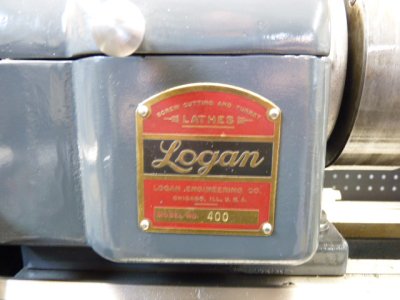Friend of mine asked me what the name of these special nails or rivets are called. They are usually round headed and used for holding manufactures plates and such on motors and older shop equipment. One drills a small hole then gently tap them in I assume. Anyone have such an animal kicking around like smallish in size?
Questions I come up with. LOL
Questions I come up with. LOL


